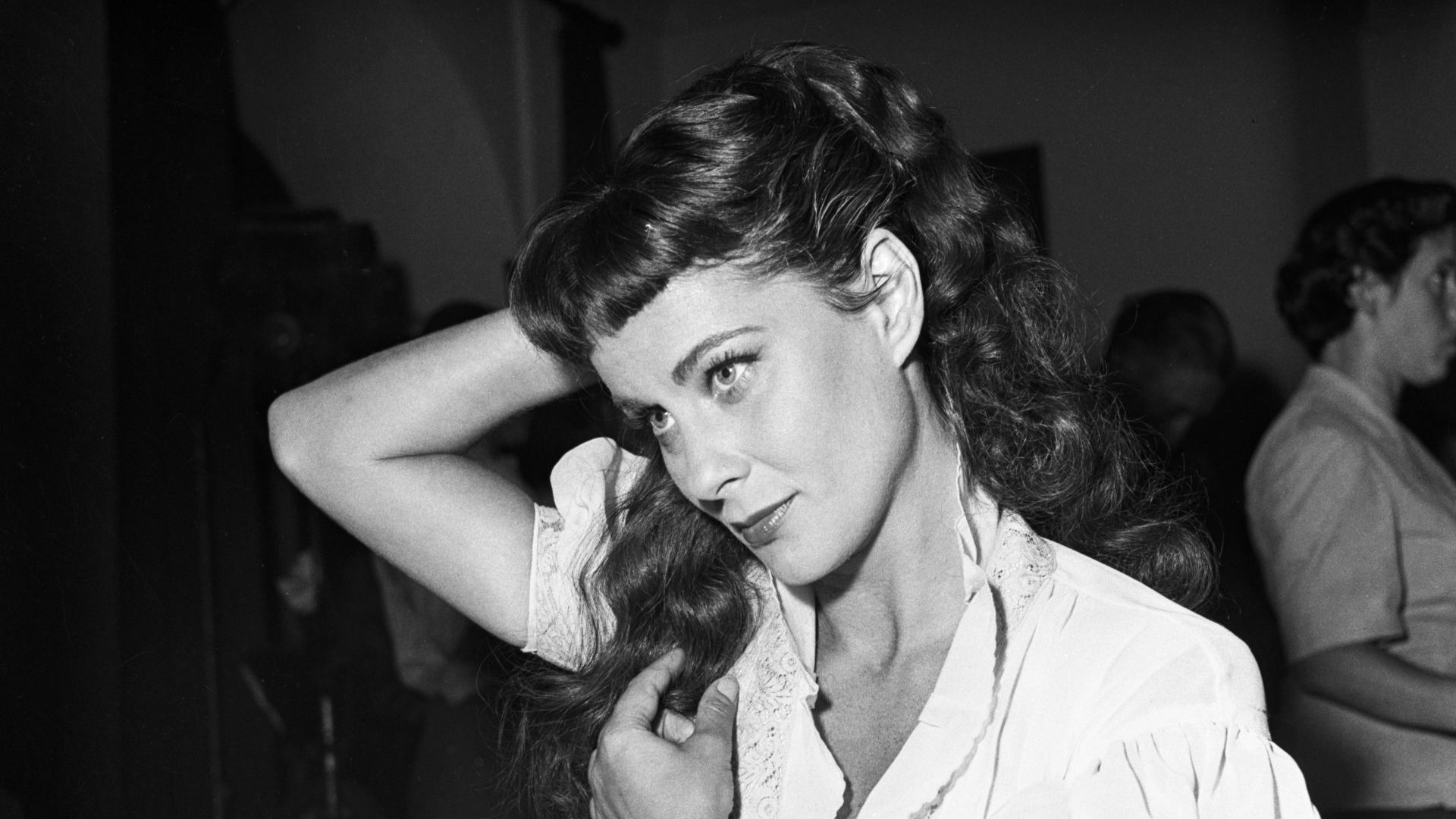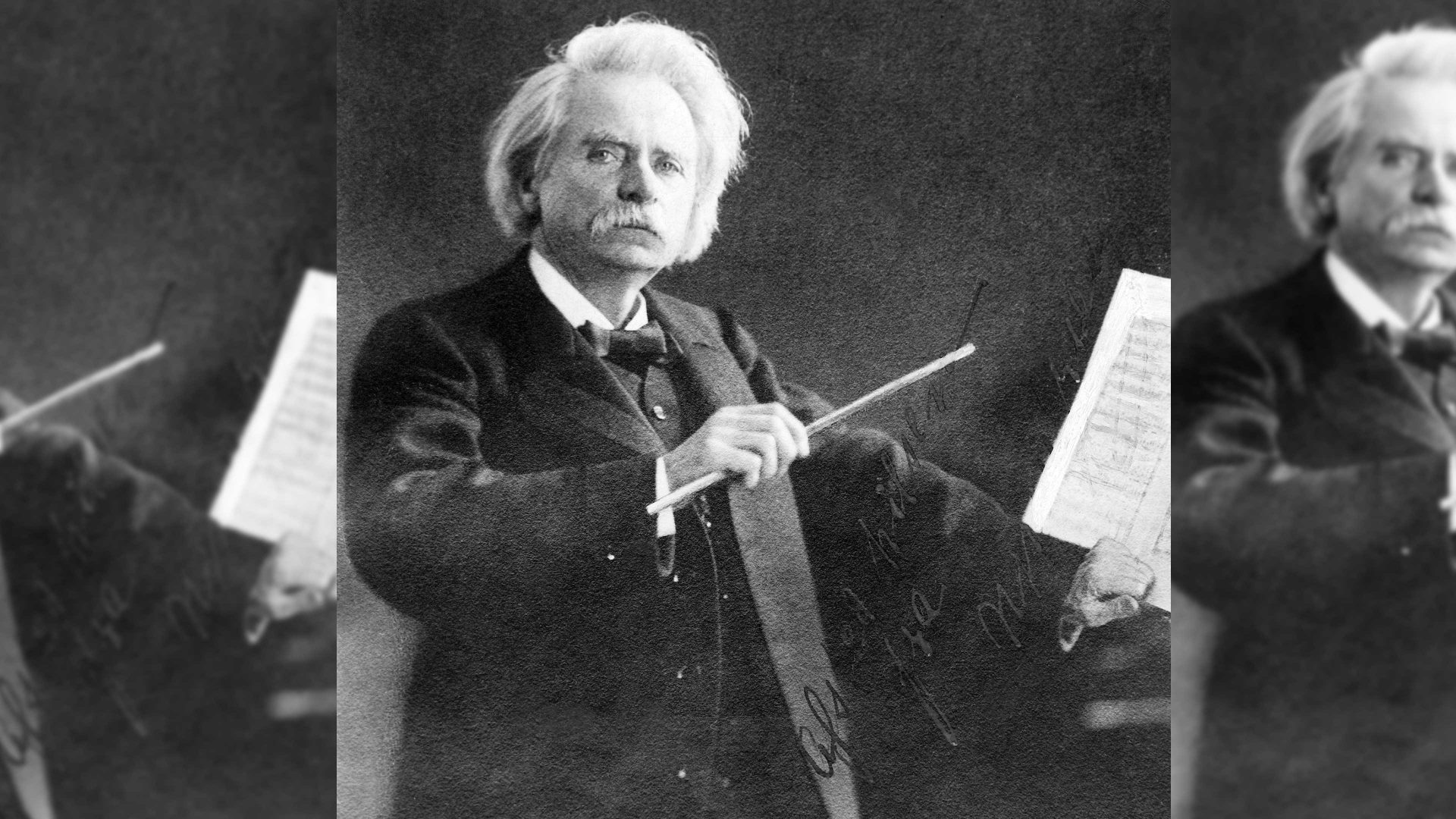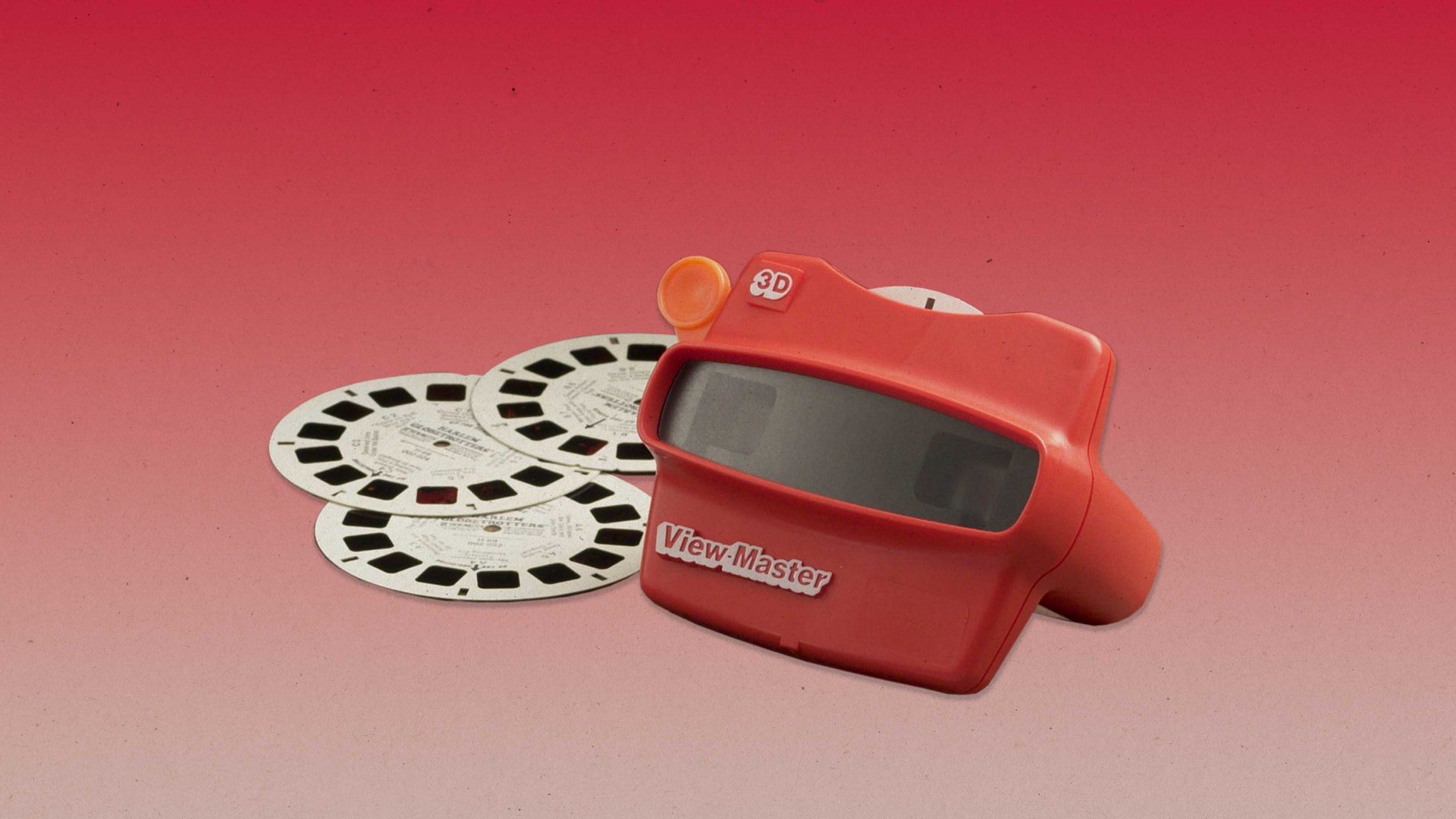It is probably the greatest walk in cinematic history.
At the conclusion of Carol Reed’s 1949 The Third Man, the camera points up a tree-lined avenue in Vienna’s famous Zentralfriedhof cemetery. In the foreground, on the left of the screen, Joseph Cotten’s Holly Martins leans against a timber cart as a woman walks briskly down the centre of the avenue having just attended the funeral of her lover, the racketeer Harry Lime, played by Orson Welles.
Anna Schmidt is a Czech actress washed up like many caught in the clashing tides of war on the shore of divided, half-destroyed Vienna, who arrived to find doomed love. For Martins, she is a rare beacon of beauty and goodness in a city of fading Habsburg grandeur further degraded by artillery and now the struggle to survive.
Martins is about to confess to her that he killed his old friend Lime after a dramatic chase through the city sewers – but also confess his love for her. Cinematic convention demands a happy ending, for Schmidt to fall into Martins’ arms and forgive everything. Yet Anna Schmidt is empty inside.
“I don’t know anything any more,” she says earlier in the film, “except I want to be dead too.”
There is no romantic denouement; no denouement of any kind, in fact. Anna Schmidt keeps walking, right down the middle of the avenue, not even glancing at Martins as she passes out of shot.
Other than a brief cutaway to Trevor Howard’s Major Calloway leaving the cemetery in his jeep, Anna Schmidt’s walk occupies fully two screen minutes in which she silently expresses more loss, anger, ennui and grief than any dialogue could achieve.
Anna Schmidt has had everything taken away from her, yet her bearing tells us her dignity remains unshakable. That walk is, in its own way, a victory parade.
The scene also represents the pinnacle of Alida Valli’s career. She was 28 years old when The Third Man – which won the Palme d’Or at Cannes, best British film at the Baftas and an Oscar for cinematography – brought the trauma of postwar Europe to the screen and the similarities between her life, fate and that of Anna Schmidt would turn out to be profound.
“Don’t I stop?” Valli had asked Reed just before he called action on the scene that bone-chilling Viennese afternoon. “No darling,” the director replied. “You just keep walking,”
She was born of a divided heritage in a divided land in Pola, a town south of Trieste now in Croatia that was Italian in 1921, had been under Habsburg rule before that and had also been in its time part of the Venetian and Napoleonic empires.
Alida Altenburger von Marckenstein-Frauenberg was of Austrian, Slovenian and Italian descent, a noble line that entitled her to use the aristocratic prefix Freiin even though family fortunes had diminished to where her father was a schoolteacher.
In her early teens, Valli moved to Rome to attend the new Mussolini-founded Centro Sperimentale di Cinematografia school where, at 14, she so impressed in her first screen test she was locked straight into a contract with the Italcine company.
Valli stood out in the light society comedies popular at the time known as “white telephone” films, making five in 1937 alone, and despite her meteoric success remained ambivalent about acting until she realised her steadily rising salary could support her entire family by itself.
During the war, while filming an adaptation of Ayn Rand’s We the Living called Noi Vivi that was released in 1942, Valli learned that her fighter pilot lover had been shot down and killed in Tunisia.
Grieving and reluctant to be co-opted into propaganda films despite being one of Mussolini’s favourite actresses, Valli remained in the capital when the Italian film industry relocated from Rome to the relative safety of Venice, laying low for the rest of the conflict in the apartment of a painter friend.
Also hiding out there were the artist and composer Oscar de Mejo, whom Valli would later marry, and Pierro Piccioni, a pianist who would also play a significant role in Valli’s personal life.
Returning to the screen in 1946 she played the title role in an adaptation of Honoré de Balzac’s Eugenia Grandet, a performance exceptional enough to convince Hollywood mogul David O Selznick he had found the new Garbo.
Valli arrived in Hollywood in a blaze of publicity that would have bewildered anyone, let alone a young woman who barely spoke English. Selznick announced her greatness to the world while instructing her to drop her first name. She would be known simply as “Valli”, a stage surname pulled originally from a Rome telephone directory but which, on its own, betrayed the vampish image Selznick intended for his new star.
Yet Valli was no vamp, and despite the fanfare of her arrival it was soon clear that the studio had little idea what to do with her.
Her first role was opposite Gregory Peck in the turgid legal drama The Paradine Case, then she starred opposite Frank Sinatra in the 1948 flop The Miracle of the Bells, neither film suggesting a glittering Hollywood future. Hence Selznick was happy to loan Valli and Cotten to Carol Reed for The Third Man.
She was immediately more comfortable back in Europe. Valli, who suffered throughout her life with depression, was never happy in the spotlight, refusing interviews and keeping public appearances to a minimum.
She found herself thrust firmly into the spotlight in 1953, however, when she became embroiled in an Italian national scandal that could have ended her career. When the body of 21-year-old Wilma Montesi was found on a beach outside Rome it brought with it accusations of drug-fuelled high society orgies and possible murder.
Valli had by then left her husband for Piccioni, the son of an Italian cabinet minister, and provided him with an alibi for the day in question. While no convictions resulted, the incident tore open rifts in Italian society that took years to heal. It is even alluded to in the final beach scene of La Dolce Vita.
Kept off the screen by the scandal for more than three years, Valli slowly rebuilt her career and would go on to work with directors as notable as Bertolucci, as well as producing a memorable performance in Dario Argento’s 1977 horror Suspiria.
But it is for those two minutes in a Viennese cemetery that she will always be remembered.
She couldn’t have known it at the time, but in that wordless walk towards Reed’s camera Alida Valli was capturing precisely all the loss, disappointment, wrong turns, grief and ultimately unblemished dignity that defined her own life.




